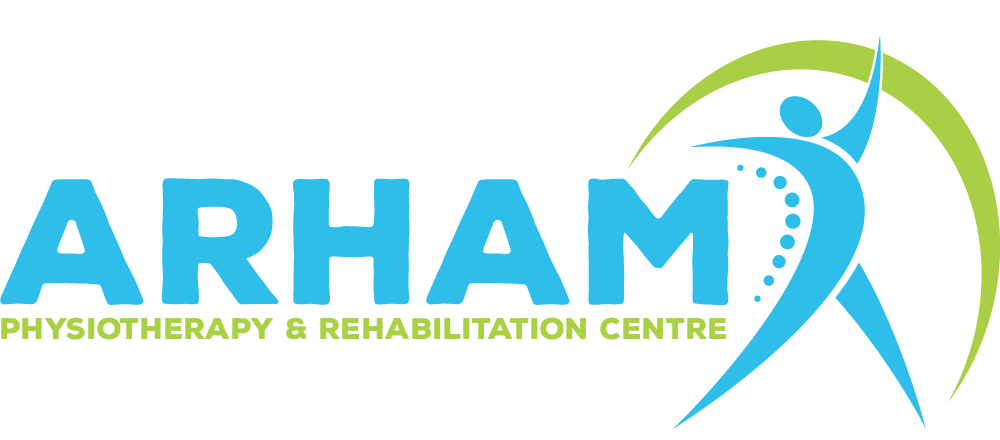Treatment Options for Tennis Elbow: From Rest to Surgery
Overuse injuries like tennis elbow, also known as lateral epicondylitis, can cause inflammation and pain on the outside of the elbow. Despite its name, tennis elbow can affect individuals from various walks of life, not just tennis players. Several options for managing tennis elbow are available, from rest and conservative treatments to surgical intervention. Let’s explore these treatment options to help you find relief and regain functionality in your elbow.
Understanding Tennis Elbow:
Microtears and inflammation cause tennis elbow in the tendons that link to the lateral epicondyle, which is the bony projection on the outside side of the elbow, consequent from repetitive gripping and wrist extension actions. The danger risk of developing tennis elbow increases with repeated use of a computer mouse, as does the risk of playing tennis, golf, gardening, or painting.
Treatment Options:
- Rest and Activity Modifications:
Resting the afflicted arm and avoiding activities that worsen discomfort are common first steps in treating tennis elbow. Modifying techniques or using ergonomic tools can reduce strain on the elbow during daily tasks.
- Ice Therapy:
Cold packs applied to the affected area help mitigate pain and diminish inflammation. Ice therapy is particularly beneficial after activities or during flare-ups of symptoms.
- Physical Therapy:
Physical treatment primarily emphasises stretching and strengthening exercises to enhance flexibility and strength in the muscles and tendons surrounding the elbow. Therapists may employ modalities such as manual therapy, ultrasound, or electrical stimulation to assist the healing process and alleviate pain.
- Bracing or Splinting:
Utilising a brace or splint can offer assistance and steadiness to the elbow, reducing strain on the affected tendons during activities. Bracing may be recommended during rest periods or when returning to physical activity.
- Anti-Inflammatory Medications:
Nonsteroidal anti-inflammatory medicines (NSAIDs) like ibuprofen or naproxen can alleviate discomfort and inflammation linked to tennis elbow. However, prolonged use should be supervised by a healthcare professional due to potential side effects.
- Corticosteroid Injections:
Corticosteroid injections may be directly delivered into the afflicted area to alleviate severe pain and inflammation temporarily. However, repeated injections may weaken the tendon and should be used cautiously.
- Extracorporeal Shockwave Therapy:
ESWT entails administering shock waves to the damaged region to induce healing and facilitate tissue regeneration. This non-invasive procedure may be recommended for individuals not responding to conservative treatments.
- Platelet-Rich Plasma (PRP) Therapy:
PRP therapy involves injecting concentrated platelets from the patient’s blood into the affected area to promote tissue repair and reduce inflammation. While research on PRP for tennis elbow is ongoing, some individuals may benefit from this treatment option.
- Surgery:
Surgical intervention may be considered a final option if non-invasive treatments prove ineffective. Surgical options for tennis elbow may include debridement of damaged tissue, tendon repair, or extensor tendon release.
FAQS:
Que: How long does it take to recover from tennis elbow with conservative treatments?
Ans: The duration of recovery for tennis elbow is contingent upon the seriousness of the injury and individual characteristics, such as compliance with treatment, activity modification, and the effectiveness of therapies. While some individuals may experience relief within a few weeks, others may require several months of treatment and rehabilitation.
Que: Can I continue to play sports or perform activities with my tennis elbow?
Ans: It’s important to avoid activities that exacerbate symptoms and worsen the condition of tennis elbow. However, with proper rest, activity modification, and supportive measures such as bracing or splinting, many individuals can gradually return to sports and activities once symptoms improve and function is restored.
Que: Are there any exercises that can help prevent tennis elbow?
Ans: Strengthening and stretching exercises focused on the forearm, wrist, and elbow muscles can help improve flexibility, strength, and constancy, reducing the risk of developing tennis elbow. Additionally, proper technique and equipment usage during sports and activities can help prevent overuse injuries.
Que: What signs indicate that surgery may be necessary for the tennis elbow?
Ans: Tennis elbow surgery is generally recommended when conservative therapy has proven ineffective in alleviating symptoms, but symptoms persist despite adequate rest and rehabilitation. Signs that surgery may be necessary include severe and persistent pain, significant loss of function, and failure to respond to other treatment options.
Que: Can tennis elbow occur in individuals who do not play tennis?
Ans: Tennis elbow can impact persons who participate in repetitive activities that exert pressure on the muscles and tendons of the forearm, such as typing, painting, gardening, or playing musical instruments. While the name suggests a connection to tennis, the condition can develop in anyone who performs repetitive wrist and arm movements.
Que: Is there a risk of recurrence after recovering from tennis elbow?
Ans: While many individuals experience complete recovery from tennis elbow with proper treatment and rehabilitation, there is a risk of recurrence, mainly if underlying risk factors or causative activities are not addressed. Practising proper ergonomics, incorporating strength and flexibility exercises, and gradually returning to activities can reduce the risk of recurrence.
Que: What lifestyle modifications can help manage and prevent tennis elbow?
Ans: Lifestyle modifications such as maintaining proper ergonomics at work and during activities, using appropriate equipment and techniques, taking regular breaks to rest and stretch, and incorporating strengthening and flexibility exercises into your routine can help manage symptoms and reduce the risk of developing tennis elbow. Additionally, avoiding overuse and practising moderation in activities that strain the elbow can help prevent a recurrence.
Conclusion:
Tennis elbow is an irritating and agonising ailment that impacts everyday activities and overall quality of life. However, with the proper treatment approach, most individuals can find relief and return to their usual activities without pain. Whether through rest, physical therapy, medication, or surgery, the goal is to reduce inflammation, promote healing, and restore functionality in the elbow. If you’re experiencing symptoms of tennis elbow, Seek guidance from a healthcare specialist to ascertain the most suitable treatment plan customised to your specific requirements.
